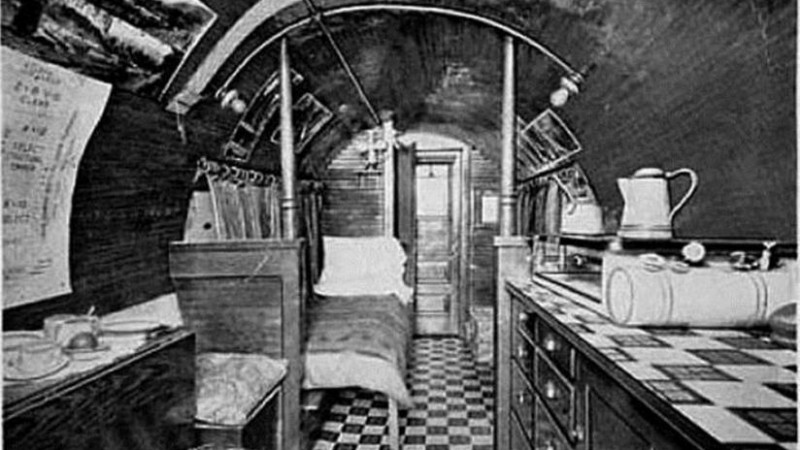
Mobile Homes Versus Manufactured Homes
When you visit RidgeCrest Home Sales, you won’t hear the words “trailer” or “mobile homes”. Why, you might ask? We don’t sell trailers or mobile homes. At RidgeCrest, we offer single and doublewide manufactured homes, or modular homes.
Does the name really make a difference when we know what “trailer” means? If you want a home built to today’s stringent codes, then it makes a HUGE difference! As factory built housing and the building codes have evolved, the terminology has kept pace differentiating between homes built prior to and after the adoption of the HUD code.
The assembly line production of what we know as “mobile homes” began in 1926 in a NY factory with automobile-pulled trailers or “trailer coaches”. At that time, most mobile homes were used for vacations and didn’t have indoor plumbing. During World War II, production increased as the U.S. government purchased mobile homes so workers could live near the plants. By the late 1940’s, trailer lengths had increased to more than 30 feet and small bathrooms were added. People began buying them as their permanent homes, not just as a means to move them closer to work.
In the 1960’s, two-section mobile homes became popular, and during the 1970’s, one mobile home was built for every three site built homes. In an effort to standardize the construction of mobile homes and monitor building practices, the Manufactured Home Construction and Safety Standards (HUD Code) went into effect on June 15, 1976. Homes built after the adoption of the HUD Code are known as manufactured homes and carry a red certification label on the exterior of each transportable section. As required by the code, manufactured homes are built in the controlled environment of a manufacturing plant and are transported in one or more sections on a permanent chassis. The HUD Code is both national and preemptive meaning each state or political subdivision of a state must adopt the code without modification.
Today’s manufactured homes offer state of the art facilities, expanded living space, and all the amenities of site-built homes. This cost-effective housing option allows buyers to experience quality construction and building materials while taking advantage of budget friendly pricing.




